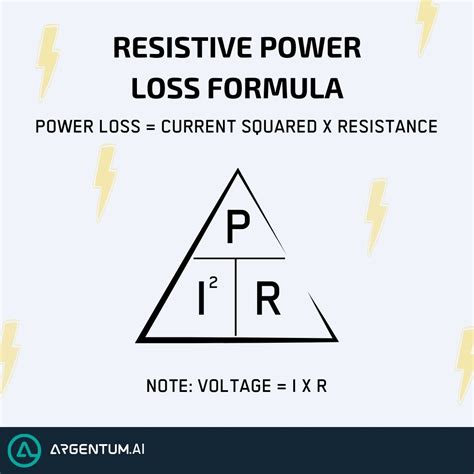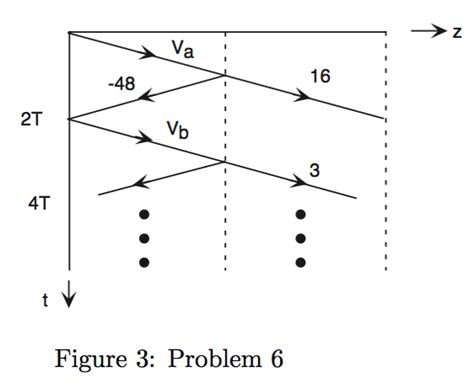What are Transmission Line Losses?
Transmission line losses refer to the energy that is lost as electricity travels through power transmission lines from generating stations to end-users. These losses are an unavoidable part of electrical power systems and can have a significant impact on the efficiency and cost-effectiveness of electricity supply.
Transmission line losses occur due to several factors, including:
- Resistance in the conductors
- Corona discharge
- Leakage currents
- Dielectric losses in insulation
The primary cause of transmission line losses is the resistance of the conductors used in the power lines. As electricity flows through a conductor, it encounters resistance, which leads to the dissipation of energy in the form of heat. The amount of energy lost depends on the current flowing through the conductor and the resistance of the conductor itself.
Calculating Transmission Line Losses
Transmission line losses can be calculated using the following formula:
Power Loss = I^2 × R
Where:
– I is the current flowing through the conductor (in amperes)
– R is the resistance of the conductor (in ohms)
For example, if a transmission line carries a current of 500 A and has a resistance of 0.1 Ω, the power loss would be:
Power Loss = 500^2 × 0.1 = 25,000 W or 25 kW
Factors Affecting Transmission Line Losses
Several factors can influence the magnitude of transmission line losses, including:
1. Conductor Material
The choice of conductor material plays a crucial role in determining the resistance and, consequently, the losses in a transmission line. Commonly used conductor materials include:
- Aluminum Conductor Steel Reinforced (ACSR)
- All Aluminum Conductor (AAC)
- Aluminum Conductor Composite Core (ACCC)
- Copper
Aluminum is the most widely used conductor material due to its lightweight, cost-effectiveness, and good conductivity. However, copper has lower resistance compared to aluminum and is used in certain applications where high conductivity is required.
2. Conductor Size
The cross-sectional area of the conductor also affects transmission line losses. Larger conductor sizes have lower resistance and, therefore, lower losses. However, increasing the conductor size also increases the cost and weight of the transmission line.
The following table shows the relationship between conductor size, resistance, and power loss for ACSR conductors:
| Conductor Size (mm²) | Resistance (Ω/km) | Current (A) | Power Loss (kW/km) |
|---|---|---|---|
| 100 | 0.3390 | 500 | 84.75 |
| 200 | 0.1690 | 500 | 42.25 |
| 400 | 0.0843 | 500 | 21.08 |
| 600 | 0.0562 | 500 | 14.05 |
3. Transmission Voltage
Increasing the transmission voltage can help reduce losses by lowering the current flowing through the conductors. For a given power transfer, higher voltages result in lower currents, which in turn leads to lower losses.
The relationship between transmission voltage, current, and power loss can be seen in the following table:
| Voltage (kV) | Current (A) | Power Loss (kW/km) |
|---|---|---|
| 110 | 909 | 278.45 |
| 220 | 455 | 69.61 |
| 400 | 250 | 21.08 |
| 765 | 131 | 5.78 |
4. Transmission Distance
The distance over which electricity is transmitted also affects the magnitude of losses. As the transmission distance increases, the resistance of the conductors increases, leading to higher losses.
For example, consider a 400 mm² ACSR conductor carrying a current of 500 A. The power loss over different transmission distances would be:
| Distance (km) | Resistance (Ω) | Power Loss (kW) |
|---|---|---|
| 50 | 4.215 | 1,053.75 |
| 100 | 8.430 | 2,107.50 |
| 200 | 16.860 | 4,215.00 |
| 500 | 42.150 | 10,537.50 |

Strategies for Reducing Transmission Line Losses
Several strategies can be employed to minimize transmission line losses and improve the efficiency of electrical power systems:
1. Using High-Voltage Direct Current (HVDC) Transmission
HVDC transmission systems can help reduce losses over long distances by eliminating the need for reactive power compensation and allowing for the use of lower conductor sizes. HVDC systems also have lower corona losses compared to AC systems.
2. Employing Reactive Power Compensation
Reactive power compensation devices, such as shunt capacitors and static VAR compensators (SVCs), can help reduce losses by improving the power factor and reducing the current flowing through the conductors.
3. Utilizing High-Temperature Low-Sag (HTLS) Conductors
HTLS conductors, such as ACCC and ACCR, have lower resistance and higher current-carrying capacity compared to traditional ACSR conductors. These properties allow for the use of smaller conductor sizes, which can help reduce losses and improve the efficiency of the transmission system.
4. Implementing Dynamic Line Rating (DLR)
DLR systems monitor the real-time conditions of transmission lines, such as temperature, wind speed, and sag, to determine the maximum safe current-carrying capacity. By optimizing the utilization of transmission lines based on actual conditions, DLR can help reduce losses and improve the overall efficiency of the power system.
5. Utilizing Distributed Generation and Microgrids
Distributed generation and microgrids can help reduce transmission line losses by generating electricity closer to the point of consumption. By minimizing the distance over which electricity needs to be transmitted, these strategies can significantly reduce losses and improve the efficiency of the power system.

Frequently Asked Questions (FAQ)
1. What is the difference between transmission and distribution losses?
Transmission losses occur in high-voltage power lines that carry electricity from generating stations to substations, while distribution losses occur in the lower-voltage lines that deliver electricity from substations to end-users.
2. How much energy is typically lost in transmission lines?
The amount of energy lost in transmission lines varies depending on factors such as the length of the lines, the voltage level, and the conductor material. On average, transmission losses account for 2-6% of the total energy generated.
3. Can transmission line losses be eliminated completely?
No, transmission line losses cannot be eliminated completely, as they are an inherent part of electrical power systems. However, various strategies can be employed to minimize these losses and improve the efficiency of the transmission system.
4. What is the most effective way to reduce transmission line losses?
The most effective way to reduce transmission line losses depends on the specific characteristics of the power system. In general, using high-voltage transmission, employing reactive power compensation, and utilizing advanced conductor materials can help minimize losses and improve efficiency.
5. How do transmission line losses impact the cost of electricity?
Transmission line losses represent a cost to the power system, as the energy lost must be generated and paid for by the utility and, ultimately, the consumers. Reducing transmission line losses can help lower the overall cost of electricity by improving the efficiency of the power system and minimizing the amount of energy that needs to be generated.
In conclusion, transmission line losses are an unavoidable part of electrical power systems, but their impact can be minimized through careful design, advanced technologies, and efficient operation. By understanding the factors that contribute to transmission line losses and employing strategies to reduce them, utilities and power system operators can improve the efficiency, reliability, and cost-effectiveness of electricity supply.


No responses yet